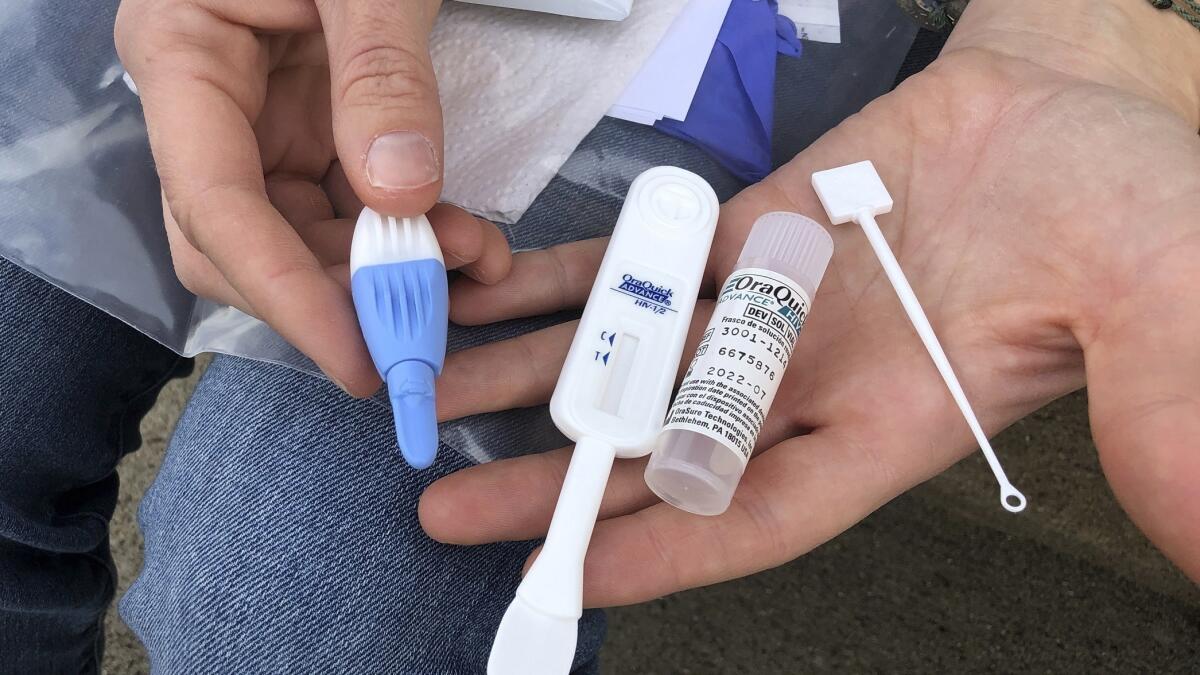HIV Prevention Funding Cuts Threaten Lives: SoCal Health Experts Sound Alarm

Southern California health agencies are sounding the alarm over potential CDC program cuts that could dramatically increase HIV transmission risks. The proposed "streamlining" of critical prevention initiatives has sparked serious concerns about public health and community safety.
Local health experts warn that reducing HIV prevention programs could create a dangerous gap in protection, potentially exposing more individuals to the life-threatening virus. The proposed changes threaten to undermine years of progress in combating HIV transmission, particularly in vulnerable communities.
These health organizations argue that scaling back prevention efforts could lead to a significant spike in new infections, reversing the hard-won gains made in HIV awareness, testing, and treatment. The potential cuts come at a time when continued vigilance and comprehensive support are more crucial than ever in managing the HIV epidemic.
Community leaders are calling for a careful review of the proposed changes, emphasizing the importance of maintaining robust HIV prevention strategies that have proven effective in protecting public health.
